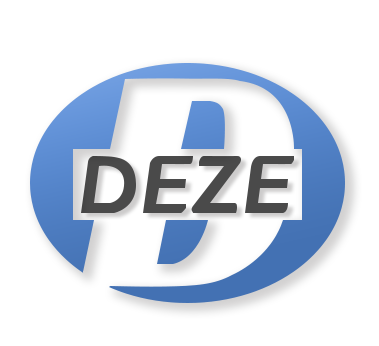317L SS Sheet Metal Surface Finish 2D BA NO.1 HL Mirror
Product Description
Alloy 317L (UNS S31703) is a molybdenum-bearing austenitic stainless steel with greatly increased resistance to chemical attack as compared to the conventional chromium-nickel austenitic stainless steels such as Alloy 304. In addition, Alloy 317L offers higher creep, stress-to-rupture, and tensile strength at elevated temperatures than conventional stainless steels. It is a low carbon or "L" grade which provides resistance to sensitization during welding and other thermal processes. Alloy 317L is non-magnetic in the annealed condition. It cannot be hardened by heat treatment, however the material will harden due to cold working. Alloy 317L can be easily welded and processed by standard shop fabrication practices.
Chemical Composition (%)
|
Grade |
C | Mn | Si | P | S | Cr | Ni | Mo |
|
317L |
≤0.03 | ≤2.0 | ≤1.0 | ≤0.045 | ≤0.03 | 18.0-20.0 | 11.0-15.0 | 3.0-4.0 |
Corrosion Resistance
The higher molybdenum content of Alloy 317L assures superior general and localized corrosion resistance in most media when compared with 304/304L and 316/316L stainless steels. Environments that don't attack 304/304L stainless steel will normally not corrode 317L. One exception, however, are strongly oxidizing acids such as nitric acid. Alloys that contain molybdenum generally do not perform as well in these environments.
Alloy 317L has excellent corrosion resistance to a wide range of chemicals. It resists attack in sulfuric acid, acidic chlorine and phosphoric acid. It is used in handling hot organic and fatty acids often present in food and pharmaceutical processing applications.
The corrosion resistance of 317 and 317L should be the same in any given environment. The one exception is where the alloy will be exposed to temperatures in the chromium carbide precipitation range of 800 – 1500°F (427 – 816°C). Because of its low carbon content, 317L is the preferred material in this service to guard against intergranular corrosion.
In general, austenitic stainless steels are subject to chloride stress corrosion cracking in halide service. Although 317L is somewhat more resistant to stress corrosion cracking than 304/304L stainless steels, because of its higher molybdenum content, it is still susceptible.
The higher chromium, molybdenum and nitrogen content of 317L enhance its ability to resist pitting and crevice corrosion in the presence of chlorides and other halides. The Pitting Resistance Equivalent including Nitrogen number (PREN) is a relative measure of pitting resistance. The following chart offers a comparison Alloy 317L and other austenitic stainless steels.
| Alloy | Composition (Weight Percent) | PREN1 | ||
| Cr | Mo | N | ||
| 304 Stainless Steel | 18.0 | — | 0.06 | 19.0 |
| 316 Stainless Steel | 16.5 | 2.1 | 0.05 | 24.2 |
| 317L Stainless Steel | 18.5 | 3.1 | 0.06 | 29.7 |
| SSC-6MO | 20.5 | 6.2 | 0.22 | 44.5 |



.jpg)
-150x150.jpg)
-150x150.jpg)
-150x150.jpg)
-150x150.jpg)
-150x150.jpg)

.jpg)


.jpg)
.jpg)



